What Is An RRSP?
A Registered Retirement Savings Plan is an account that helps you save money for the period after you stop working permanently. To encourage you to save, the plan has three advantages:
You can reduce your taxable income immediately
You can grow retirement savings tax-free within the plan
You can pay tax later instead of now
1. Reduce your taxable income immediately
When you file your income tax each year, you claim a deduction for the amount you put into the RRSP. A deduction reduces your income, so you pay less tax that year (see “Tax rates,” below).
2. Grow retirement savings tax-free within the plan
You can invest the money inside the RRSP in GICs, bonds, stocks, mutual funds and other investments. As long as you don’t remove money from the plan, the money inside grows tax-free, so you don’t have to pay tax on any of your savings or earnings in the plan. However, if you buy and sell investments within the plan, there are still costs like trading fees and management expenses. Which fees you pay depend on the investment.
3. Pay tax later
You pay no tax on your earnings within the plan until you remove them. This is called tax deferral. Instead of paying tax on your investments now, you pay tax after you retire (stop working permanently). At that point in your life, you’ll probably have a lower income, so you’ll also have a lower tax rate.
Can I open an RRSP?
You can open an RRSP if you earn income and file an annual tax return.
How do I open an RRSP?
Compare investment options and fees for RRSPs at different banks, credit unions, and other financial companies. Then, visit your chosen bank or company and ask to open an RRSP account. You can usually open an account at no charge, and you may be able to do it online.
You need two pieces of identification. One must be from the government, such as a passport. To open the account, you usually have to deposit some money.
You can open a plan for yourself or for your spouse or common-law partner.
What details do I need to know?
There is a maximum amount you can put in the plan each year:
18% of your earned income for the last tax year, or
a set amount for each tax year ($27,830 in 2020), whichever is lower.
Your maximum amount is lower if you have a pension plan where you work.
If you don’t deposit your maximum amount, the unused portion is added to your maximum amount for the next year.
You must pay a penalty tax if you deposit more than $2,000 beyond your maximum amount. The tax is 1% per month on the extra amount.
The deadline for putting money in the plan is 60 days after the end of the year, which is usually March 1. Try to put some money in the plan each month. It’s easier to deposit a little each month than to deposit a lot on the deadline.
How long can I save?
The last day to put money in your plan and close the account is December 31 of the year you turn 71. If the plan is for your spouse, then it’s the year your spouse turns 71.
After age 71, the RRSP converts into a Registered Retirement Income Fund (RRIF); or, you can use the RRSP funds to buy an annuity (an insurance investment account that will pay you a fixed sum each year for a set period). Either option gives you regular income payments from your savings and earnings. You pay income tax on these payments, but you’ll probably have a lower tax rate because you won’t be working.
Can I remove my money early?
If you remove money from the plan before you retire, your financial institution will hold back some of the money to pay tax to the government. The amount of tax, which ranges from 5% to 30%, depends on how much money you remove and where in Canada you live.
You may have to pay even more tax on the removed money when you file your income tax return, depending on your other income. There are also other penalties that your financial institution should explain.
You can, however, remove money from the plan tax-free to help pay up to $25,000 for your first home or up to $20,000 for your education. You have to pay the money back, though. Learn more about the Home Buyers’ Plan (HBP) and the Lifelong Learning Plan (LLP).
What else should I know?
Tax rates
How much tax you save depends on your marginal tax rate.
An RRSP isn’t an investment itself. Rather, you invest inside an RRSP account. When you buy and sell investments in the plan, there will be costs, just as there are outside a plan.
An RRSP isn’t tax-free. It’s a savings plan that lets you pay income tax later, at retirement, when you’ll probably have a lower tax rate.
Sources: GetSmarterAboutMoney.ca, Canada Revenue Agency, Financial Consumer Agency of Canada



